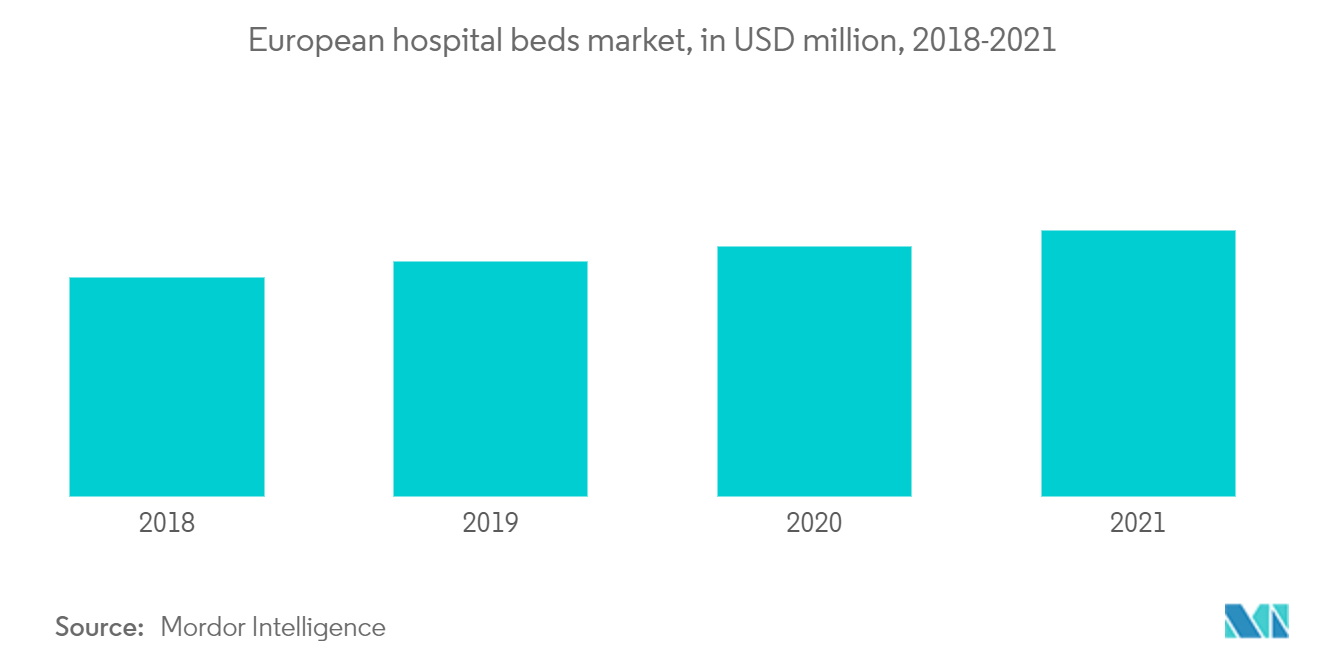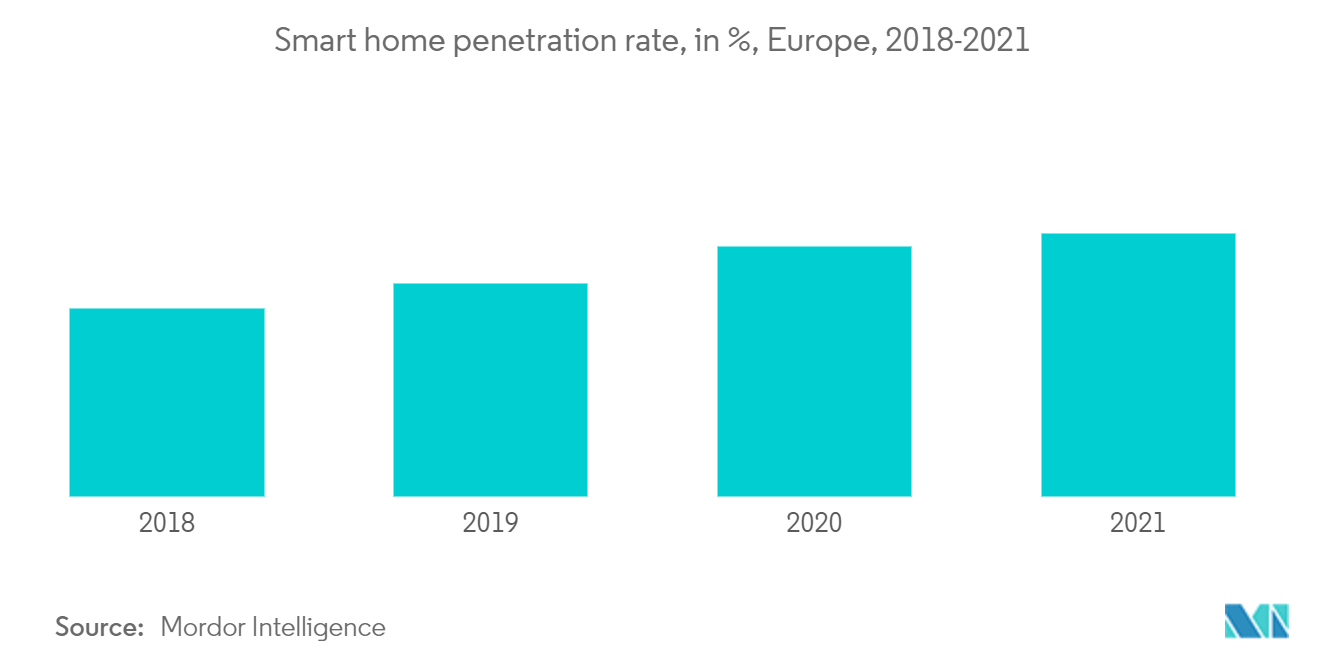Market Trends of Europe Smart Bed Industry
This section covers the major market trends shaping the Europe Smart Bed Market according to our research experts:
Increased Demand from the Healthcare Sector is Driving the Market
The healthcare sector is one of the dominant segments of the smart bed market. Due to the rising need for better comfort, amenities, and provisions in the healthcare sector, it is anticipated to hold a prominent position in the smart bed market. The healthcare systems in the United Kingdom, Germany, and other countries in Europe have significantly improved. The need for smart beds is also being driven by rising healthcare costs.
The use of smart beds across the European medical industry increased due to a greater emphasis on providing patients with appropriate care and amenities.
In Germany, Joh. Stiegelmeyer GmBH & Co. KG is tasked with developing, creating, and producing high-end medical and healthcare goods. The business is divided into the following divisions: Clinic, Care, Home Care, and Assist. It offers beds and furnishings for use in healthcare facilities, including hospitals and nursing homes. Infant trolleys and critical care beds are among the products offered by the business. It also offers cabinets, transport chairs and stretchers, and accessories.

Increasing Smart Home Penetration and Spending is Fueling the Market
Consumers are looking for new and innovative technologies for creating smart home ecosystems, which has fueled the purchase of smart home accessories, including smart beds, in Europe.
Consumer preference to integrate smart technology into their homes has significantly increased the market for "smart home" products. According to the German Society for Consumer Research, sales of smart products in Europe, including Germany, the United Kingdom, France, Italy, and Spain, increased dramatically in 2020 compared to the previous years.
There was a total of 53.7 million smart homes in Europe at the end of 2021. The installed base in the region is projected to reach about 100 million homes at the end of 2026, representing a market penetration of 42%.


